If you click on a link and make a purchase we may receive a small commission. Read our editorial policy.
Unstoppably odd: Behind the Doom Patrol’s return to the spotlight
The Doom Patrol is back at the forefront of the DCU with the new series Unstoppable Doom Patrol. Here’s why their resurgence was a long time coming.

The DC Universe’s beloved team of misfit superheroes Doom Patrol is back, starring in their first comic book series for nearly three years with Unstoppable Doom Patrol by Dennis Culver and Chris Burnham.
The series places the team front and center in the DCU to take on a nefarious supervillain team-up as Monsieur Mallah and General Immortus join forces for their latest fiendish scheme. Initially planned to run for six issues, fan support ahead of the series’ launch led to an interlude being added, extending the title’s run to seven issues as a testament to the quirky ensemble’s enduring appeal.
More than just the underdog team that fans have been following for the past 60 years, the Doom Patrol has always been a title that embraces the more bizarre possibilities of being set in a superhero universe while its characters exemplify the acceptance and love that comes from found families.
And though the Doom Patrol has largely existed in their own relatively self-contained niche within DC’s extensive publishing line, Unstoppable Doom Patrol puts them back in the spotlight in time for the DCU’s current initiative, Dawn of DC. Here’s how Doom Patrol is helping lead the charge into the DCU’s future while taking cues from the HBO Max original television series slated to come to an end this year with its fourth season.
The Doom Patrol’s big return

Unstoppable Doom Patrol kicks off with the team leaping into action when a monstrous science experiment gone wrong, developed by the unscrupulous Metagen Corporation, breaks free and causes a rampage in Gotham City. With Crazy Jane now serving as the team's leader, instead of the venerable Niles Caulder, the team not only neutralizes the threat but also gains a new member in the liberated Metagen test subject, Beast Girl.
This new hero's introduction echoes Beast Boy’s, who was created by Arnold Drake and Bob Brown in 1965’s Doom Patrol #99 before eventually joining the New Teen Titans during Marv Wolfman and George Perez’s iconic run, an association Gar Logan is much better known for.
The first issue of Unstoppable Doom Patrol also introduces Degenerate, who perfectly personifies the pain, alienation, and misunderstanding that the Doom Patrol has come to be defined by, with their powers more like curses than gifts, and the team successfully talking him down from causing further violence and convincing him to join them peacefully.
As the Doom Patrol launches into its impromptu team-up with Batman and Robin, their old enemies Brain, Monsieur Mallah, and General Immortus have a reunion of their own. Ostensibly confronting Immortus together, Mallah sides against his longtime lover to join forces with Immortus instead, culminating in Mallah brutally murdering Brain as the General gloatingly observes. The Doom Patrol is back in action but Mallah and Immortus’ burgeoning alliance signals a sinister team-up, with the duo hinted at being more vicious than ever evidenced by Brain’s sudden and shocking murder.
Doom Patrol and the Dawn of DC

The Doom Patrol relaunch comes after years of the team existing on the more tangential corners of the DCU, largely in their own pocket continuity as fellow Vertigo Comics stalwarts Swamp Thing and John Constantine had. Canonically restored versions of the team would be glimpsed during crossover events like 2005’s Infinite Crisis and 2012’s Forever Evil but the team would become a prominent presence on the Young Animal publishing imprint created in 2016.
Launched by Gerard Way and Nick Derington, this Doom Patrol’s adventures were largely separate from the contemporary goings-on around the DCU but were acknowledged and drew heavily from the entire comic book history of the team, particularly Grant Morrison and Richard Case’s acclaimed run.
Apart from small appearances of the team throughout the DCU here and there, the team’s wider integration back into the main continuity was heralded by the opening arc of Mark Waid and Dan Mora’s Batman/Superman: World’s Finest, with the team assisting the two titular heroes. This was cemented by the team resurfacing in a short story in the 2023 anthology special Lazarus Planet: Dark Fate #1, by Culver and Burnham, serving as a prologue to their run. In this story, the multiple-personality team member Crazy Jane is established as the team's new leader, succeeding Caulder during the chaos from the crossover event Lazarus Planet.
More than just appearing alongside major DCU heroes like Batman and Robin, Unstoppable Doom Patrol clearly reflects major developments, rather than simply offering passing nods to contemporary canon. In the opening issue alone, the Doom Patrol acknowledges that the Justice League has disbanded – an incident that occurred in the crossover event Dark Crisis on Infinite Earths – leaving a void of prominent superhero teams defending the DCU. The debut issue also has the Doom Patrol being secretly targeted by Peacemaker to conscript into the latest planned iteration of Task Force X, with Peacemaker’s growing clandestine role similarly hinted at in Dark Crisis’ epilogue.
The Unstoppable Doom Patrol’s HBO Max similarities

Unstoppable Doom Patrol also launches at a time when the HBO Max original series Doom Patrol is, itself, coming to an end with its fourth season. There are several narrative and thematic similarities between both Unstoppable Doom Patrol and its television counterpart that are noticeable right from the opening issue.
The fourth season of Doom Patrol began with Jane taking on a more leadership-oriented role for the team from Rita Farr as she faltered to fill the void left by Caulder’s untimely end. The core team is also front and center, with Robotman, Negative Man, and Elasti-Woman joining Jane on the field – the television additions of Cyborg and Madame Rouge are not present.
There are more visual similarities between the two incarnations of the Doom Patrol, with Jane wearing an outfit resembling her television counterpart and the team’s primary mode of transportation being the same rundown bus. Thematically, the core concept of the team being a found family that overcomes their respective trauma together is also at the forefront of the comic, but this has been a hallmark for the Doom Patrol across its history for decades, regardless of the medium in which they appear.
More to the point, the Doom Patrol is perfectly positioned as the superhero team to take point in the DCU in the ongoing absence of the Justice League. Yes, there is a relaunch of the Titans coming later this year, but the Titans have always been something of a younger extension of the core Justice League members’ legacies. The Doom Patrol, on the other hand, have always been the unique misfit team, the quirky outcasts who usually don’t get to play with the DCU’s cool kids.
In between the Titans relaunch and Justice League’s inevitable return, now’s the time for the Doom Patrol to thrive in the spotlight, reminding readers that the DCU is just as welcoming to its misfits as its legends. And in that sense, the Doom Patrol are legends themselves, uninterested to what the world that they’re saving thinks of them as long as they have each other.
Unstoppable Doom Patrol #1 is written by Dennis Culver, illustrated by Chris Burnham, colored by Brian Reber, and lettered by Pat Brosseau. The story continues in Unstoppable Doom Patrol #2, on sale April 25 from DC Comics.
Dawn of DC: The big books, the big creators, and the big stories of DC's upcoming new wave
Follow Popverse for upcoming event coverage and news
Find out how we conduct our review by reading our review policy
Let Popverse be your tour guide through the wilderness of pop culture
Sign in and let us help you find your new favorite thing.


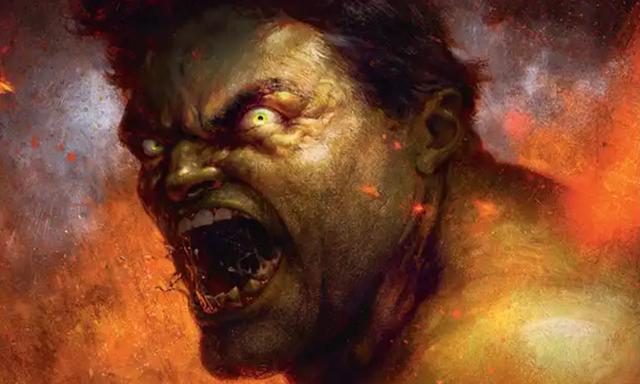
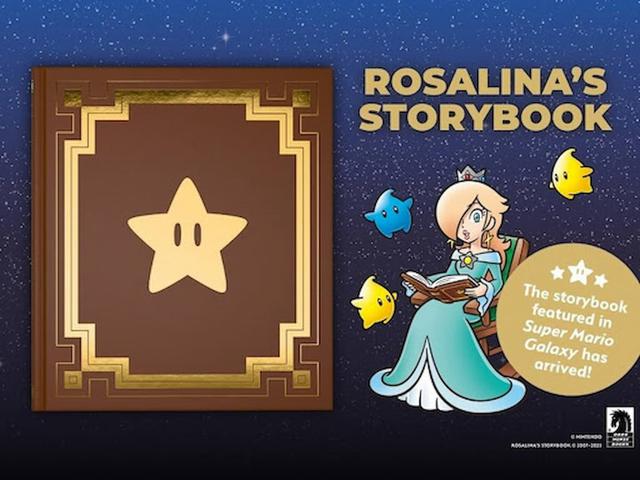

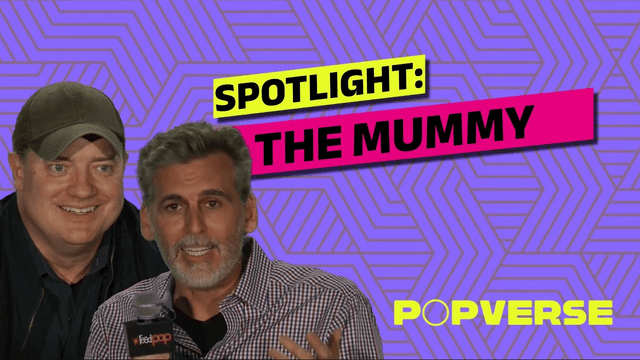

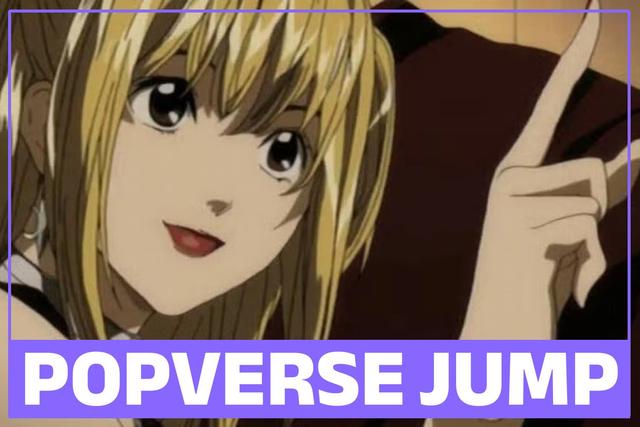
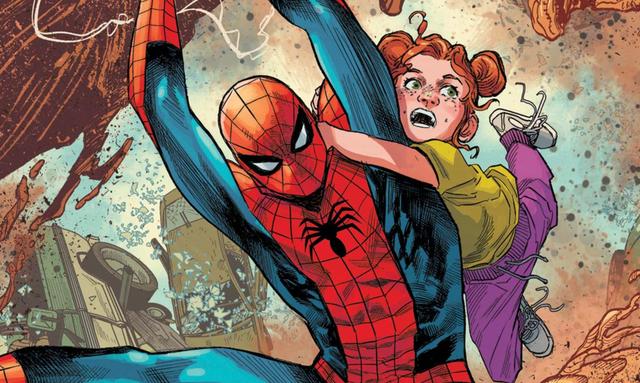







Comments
Want to join the discussion? Please activate your account first.
Visit Reedpop ID if you need to resend the confirmation email.